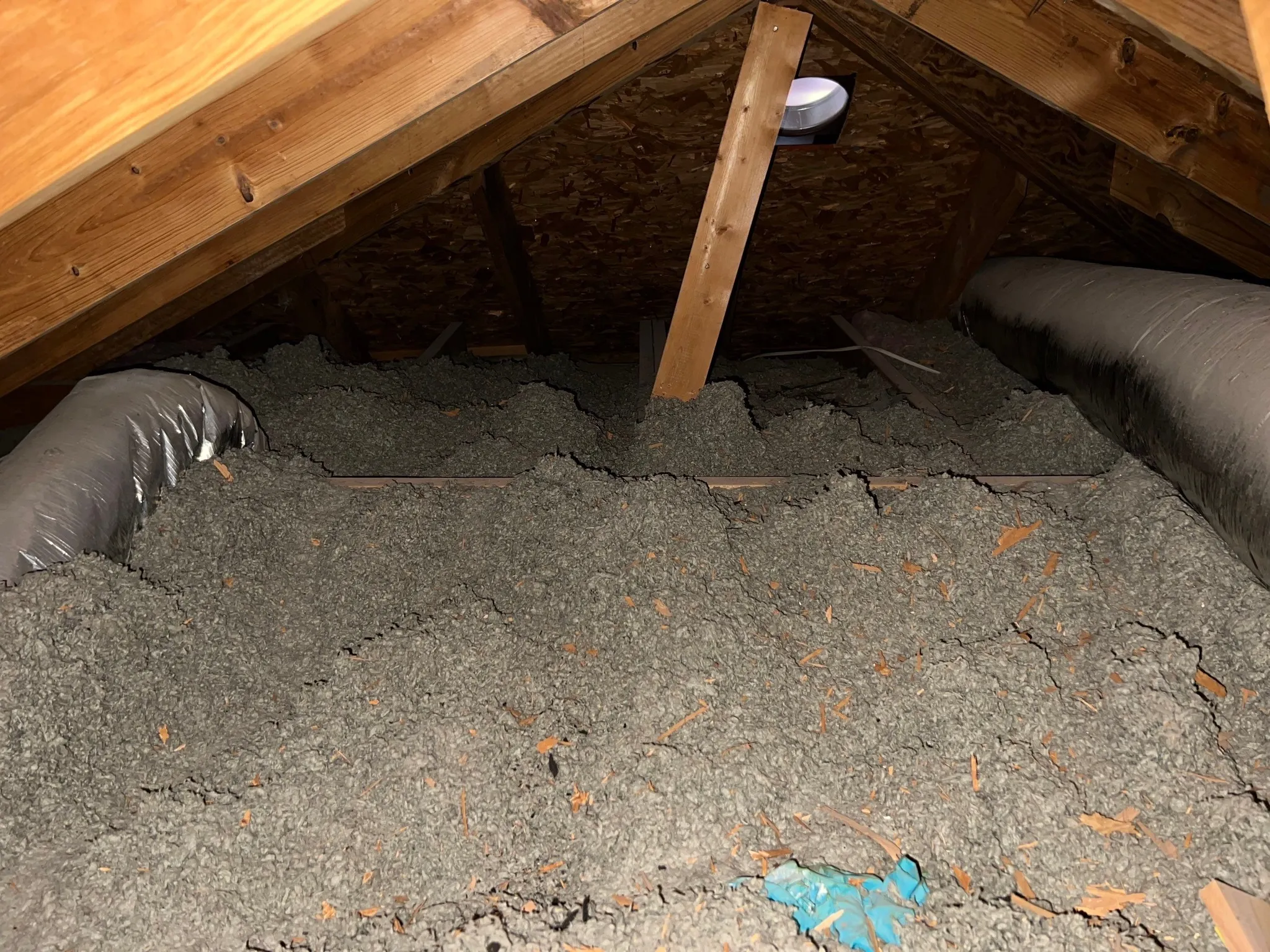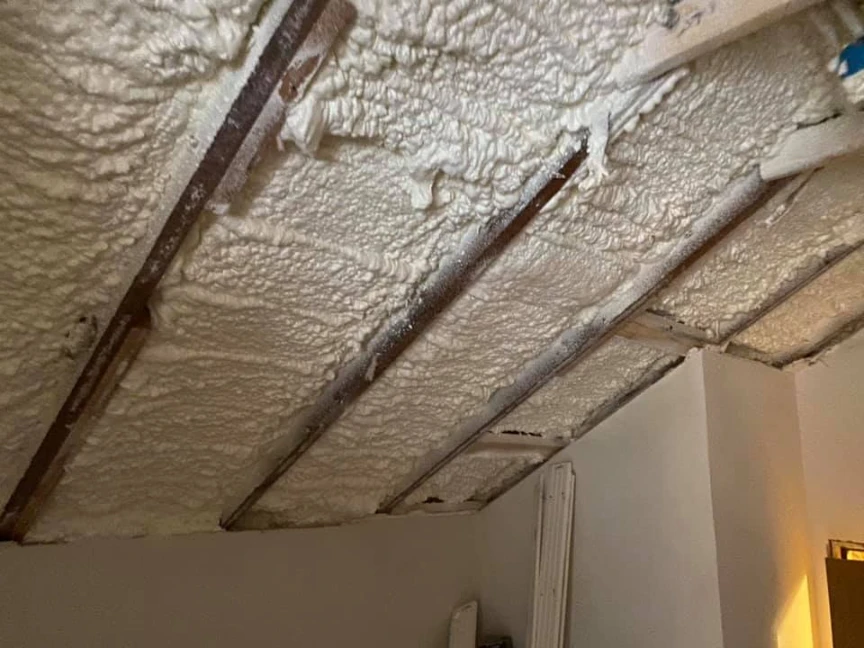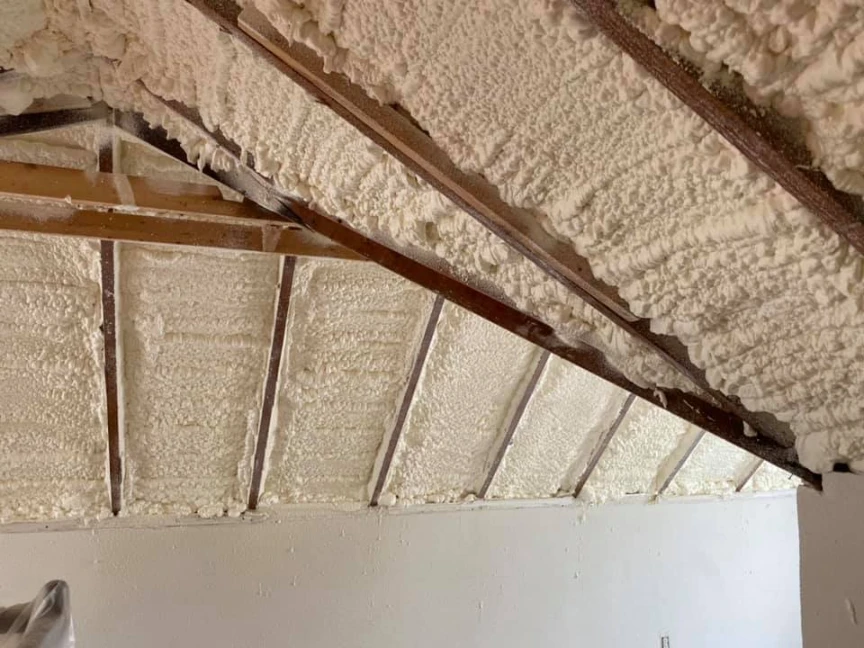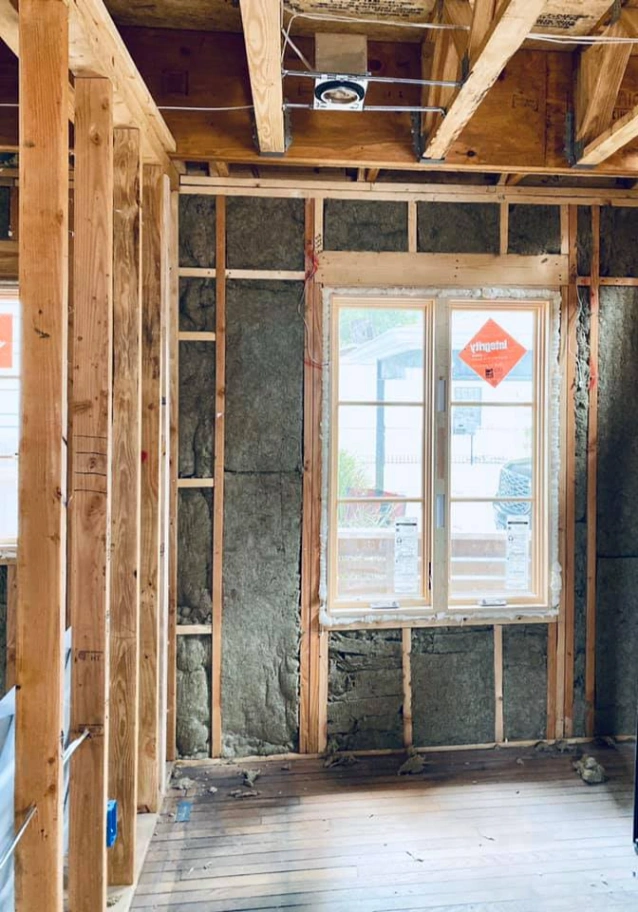Insulation cuts down on energy costs by sealing homes against extreme Texas heat and occasional cold snaps. In West Lake Hills, where summer temperatures often top 100 degrees Fahrenheit, proper insulation solutions stop hot air from entering and keeps cooled air inside. This direct action lowers the workload on air conditioning units, which account for a large part of household energy use. Homeowners see bills drop by 10 to 20 percent on average after adding insulation, based on national data adjusted for local conditions.
This article breaks down the mechanics of insulation, local factors in West Lake Hills, and steps to choose the right option. Readers gain clear steps to evaluate their homes and reduce financial pressure from utility bills. Information draws from years of handling insulation projects in Central Texas, where climate demands specific materials and techniques that hold up over time.
Energy Trends in West Lake Hills
Utility rates in Texas have climbed steadily, with residential electricity prices rising about 5 percent yearly since 2020. A report from the U.S. Energy Information Administration (EIA) points out that demand from air conditioning drives much of this increase during peak summer months. In West Lake Hills, part of Travis County, average monthly bills hit $150 to $200 for a typical 2,000-square-foot home, higher than national averages due to the area’s reliance on cooling.
Local factors add to the challenge. The region’s humid subtropical climate brings long, hot summers and short, mild winters. Homes built in the 1980s and 1990s, common in West Lake Hills, often lack modern energy barriers. Without updates, these structures lose efficiency, forcing heating and cooling systems to run longer. Proper insulation can address these issues directly by improving overall energy efficiency.
Mechanics of Insulation
Insulation materials trap air pockets that resist heat flow. Fiberglass, spray foam, and cellulose each work by slowing conduction, convection, and radiation. For example, R-value measures this resistance; higher numbers mean better performance. In a West Lake Hills home, aiming for R-30 to R-49 in attics matches the local need to block intense sunlight and humidity.
Installation matters as much as the material. Gaps or compression reduce effectiveness, so pros seal edges and avoid overcrowding. Over time, this setup maintains steady indoor temperatures, cutting energy use without constant adjustments to thermostats.
Bonus Tip
Check attic ventilation alongside insulation. Poor airflow traps moisture, which degrades materials faster in Texas humidity. Simple vents can extend the lifespan of insulation by years.
Local Climate Impacts
West Lake Hills faces average highs of 95 degrees in July and lows around 40 in January. These swings stress older homes without barriers. Insulation adapts by focusing on roofs and walls, where most heat enters. Data from the National Renewable Energy Laboratory (NREL) shows that in hot-humid zones like this, wall insulation alone saves up to 15 percent on cooling costs.
Humidity plays a role too. At 60 to 80 percent relative humidity in summer, uninsulated homes pull in moist air, making AC units work harder to dehumidify. Proper insulation in West Lake Hills, TX with vapor barriers prevents this cycle, keeping spaces comfortable and dry.
Savings Breakdown
Homeowners in similar Texas areas report real reductions. A study by the Department of Energy (DOE) estimates that upgrading attic insulation pays back in three to five years through lower bills. For a West Lake Hills resident facing $2,000 annual energy costs, that’s $200 to $400 saved yearly.
Consider this table for a quick comparison of common insulation types suited to local needs:
| Insulation Type | R-Value per Inch | Best For | Cost per Square Foot | Expected Lifespan |
|---|---|---|---|---|
| Fiberglass Batts | 2.9-3.8 | Walls and attics | $0.50-$1.50 | 20-30 years |
| Spray Foam (Closed-Cell) | 6.0-7.0 | Sealing gaps, humid areas | $1.00-$2.50 | 25-40 years |
| Cellulose Blown-In | 3.2-3.8 | Attics, retrofits | $1.00-$2.00 | 20-30 years |
This setup highlights trade-offs: spray foam excels in moisture control but costs more upfront.
Bonus Tip
Prioritize attics first. They account for 25 percent of heat gain in Texas homes, so even partial upgrades yield quick results.
Things to Consider Before Making a Decision
Assess current setup with a home energy audit. Look for drafts around windows, uneven temperatures room to room, and high humidity levels. These signs point to weak spots where insulation adds the most value.
Budget plays a key part. Initial costs range from $1,500 for basic attic work to $5,000 for full-home upgrades, but rebates from programs like those through the Database of State Incentives for Renewables & Efficiency (DSIRE) can offset 20 to 30 percent in Texas.
Think about long-term goals. Families planning to stay five years or more benefit from durable options like spray foam. Shorter stays might favor cheaper batts. Also, factor in home size; larger properties in West Lake Hills need more material but see bigger absolute savings.
Local building codes require minimum R-values, so check with Travis County officials to ensure compliance. Finally, evaluate DIY versus professional help. While simple jobs work for handy folks, complex installs demand experience to avoid voids that waste money.
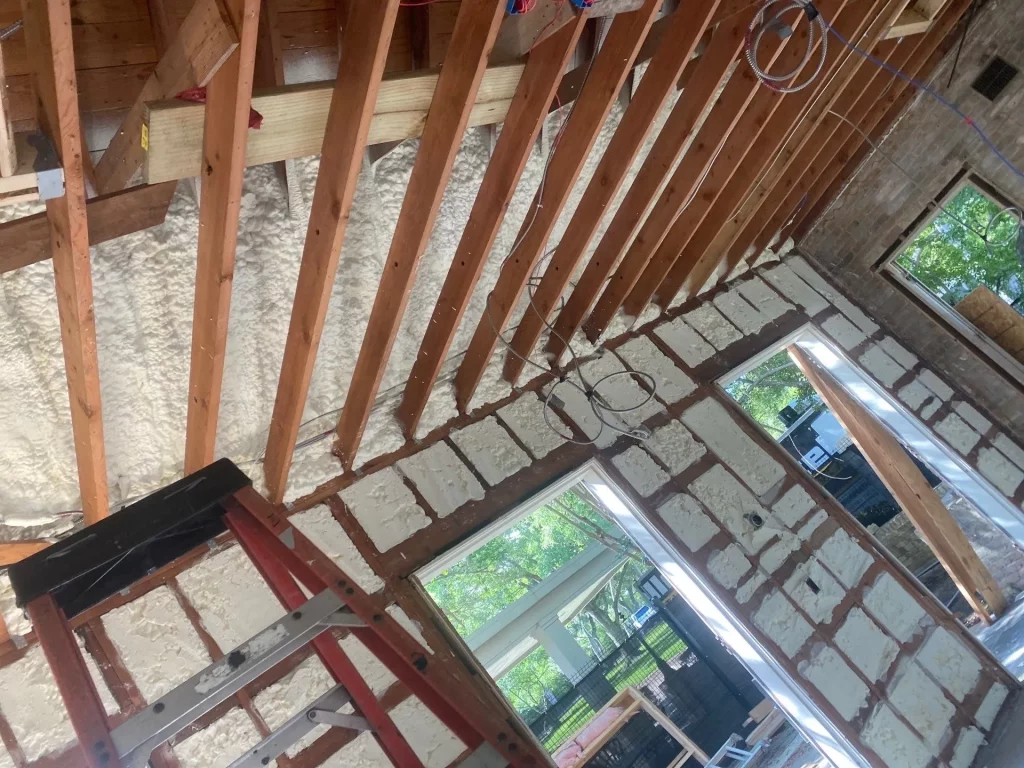
Common Questions
How Long Does It Take for Insulation to Pay for Itself?
Many residents wonder about payback periods. Insulation typically recoups costs in 2 to 7 years, depending on energy usage and material choice.
Does Insulation Increase Home Value?
Others ask if it affects home value. Energy-efficient upgrades can boost resale by 2 to 5 percent, especially in competitive housing markets.
How Does Humidity Impact Insulation?
Humidity concerns arise often. The solution is to choose materials rated for damp conditions to prevent mold growth, which can otherwise become a serious issue.
Bonus Tip
Test insulation depth with a simple probe tool before buying. Many attics in older West Lake Hills homes fall short of recommended levels by 50 percent or more.
Key Takeaways
Insulation in West Lake Hills directly tackles rising energy costs by stabilizing home temperatures’ demanding climate. Focus on attics and walls for biggest gains, guided by audits and local data. Evaluate personal factors like budget and home age to pick the best fit. Take time to review options against specific needs and future plans for lasting results.
Next Steps for Energy Savings
Contact Stellrr at (512) 710-2839 or info@stellrr.com to discuss local insulation needs. Experts guide through audits and material choices tailored to West Lake Hills homes. Start with a free consultation to map out savings potential without commitment. This step helps align upgrades with budget and goals, easing the burden of higher bills.
Questions Homeowners Often Ask
Does Insulation Work in Older Homes?
Yes, retrofits suit homes from the 1970s and 1980s common here. Blown-in options fill gaps without major disruption, improving efficiency by 20 percent in tests from the DOE.
How Much Does It Lower Bills Right Away?
Expect 5 to 15 percent drops in the first summer after install. Full benefits show as systems run less, especially during heat waves.
Is Spray Foam Worth the Extra Cost?
In humid Texas, it seals better and resists moisture, leading to 30 percent more savings over batts. Ideal for crawl spaces prone to dampness.
Can Insulation Reduce Noise Too?
It dampens outside sounds like traffic on nearby roads, adding comfort beyond energy savings. Cellulose performs well here without added expense.
What If My Home Has Asbestos?
Test first through certified labs. If present, abatement comes before new insulation to avoid health risks during work.
Sources
- U.S. Energy Information Administration (EIA) – Federal report on Texas energy prices and consumption trends, relevant for local cost increases.
- National Renewable Energy Laboratory (NREL) – Study on insulation effectiveness in hot-humid climates, supporting savings estimates for Texas.
- Department of Energy (DOE) – Guide on insulation types and benefits, used for payback and efficiency data.


